Nikon is on a roll and the Z6 III is the latest feather in its cap. The Z6 III promises to be the versatile and affordable workhorse in the Nikon lineup but it could lack refinement upon closer inspection. We tested the Z6 III as a final production unit and the findings were enlightening. The Z6 III might have a few cracks in its otherwise sterling armor.
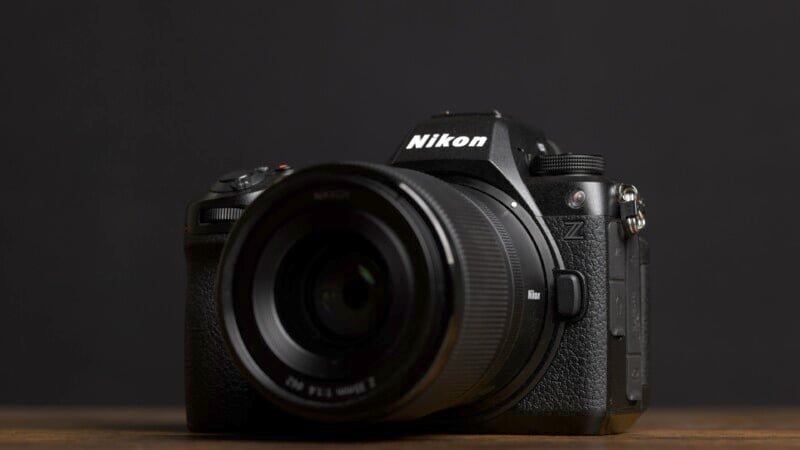
Nikon Z6 III Review: Excellent On Paper
When we first played with a pre-production Z6 III, all the things we were able to test showed incredible promise. At the risk of repeating myself too much from the original initial review, I found the body handling exceptionally customizable and intuitive.
The improved 5.76-million dot EVF is a huge upgrade and the latest Nikon IBIS provides the most stable of bases to shoot from. The camera has excellent video characteristics, proving itself to be a powerful hybrid tool, and the mechanical shutter can go up to 14 frames per second which is ideal for most sports and action.
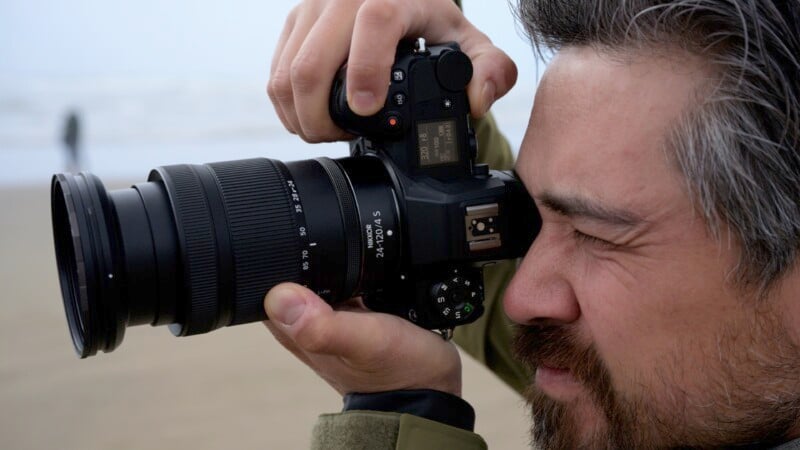
However, the most important and fascinating upgrade was the move to a new type of partially-stacked sensor which promised to give an ideal compromise between faster readout speeds while maintaining an affordable bottom line. Faster reading sensors are the latest technological mountain that the manufacturers are trying to summit. Megapixels and dynamic range have plateaued but faster read speeds unlock high burst rates, fewer rolling shutter issues, and better video capabilities.
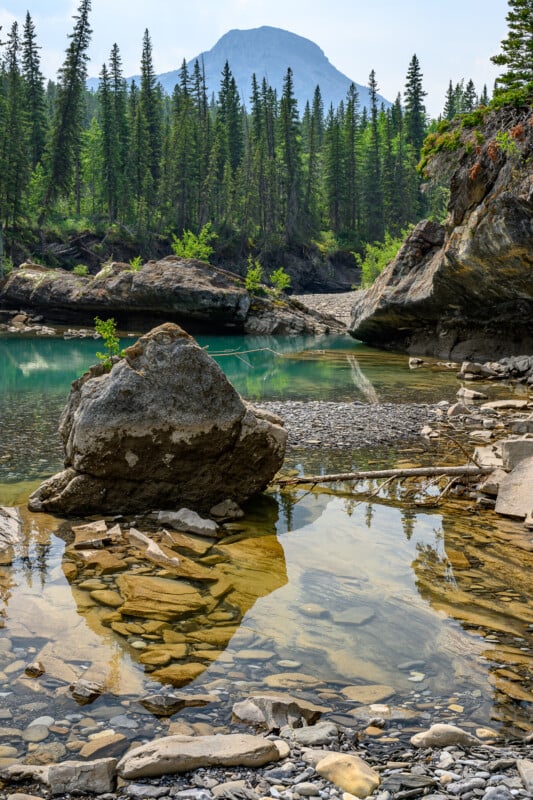
In order to improve upon the performance of the Z6 III, Nikon decided not to go with an older 24-megapixel sensor and instead try something we haven’t seen before. The new partially-stacked chip gives us up to 20 frames per second (FPS) in RAW with autofocus enabled and up to 120 JPEGS per second if needed. It does all this without too much rolling shutter and although it can’t match the Nikon Z8 or Z9 levels of performance, it gives us a substantial improvement without the extra cost.
But is there a sacrifice to be made for all these benefits?

Nikon Z6 III Review: What Goes Up Must Come Down
One of the few things that we couldn’t fairly test in a pre-production camera was image quality, including dynamic range. While the images that I took were pleasing on the computer monitor, there was more digging to be done and it turns out that there is a substantial trade-off when it comes to dynamic range. We expect there to be some loss when a camera shoots in its electronic shutter mode, usually around half a stop or so. Sometimes more, sometimes less. The Nikon Z8 is a camera that shoots with an electronic shutter exclusively and shows about a third-of-a-stop less DR than the Nikon Z7II.


In the case of the Z6 III, it works a little bit differently. First off, the dynamic range between the mechanical shutter mode and electronic shutter mode is basically identical which you don’t see very often. However, there is a significant drop in dynamic range compared to an older camera like the Z6 II. The Z6 III gives up roughly a full stop of dynamic range compared to its predecessor which is a pretty big trade-off to get faster burst rates in electronic shutter mode.
As mentioned, there is no option to get more dynamic range by using the mechanical shutter because the results are the same for either shutter. This loss of range equals out with competitive cameras when shooting at ISO 800 and above, so the downsides are only when using lower ISO settings. However, it’s usually lower ISO settings that we are most concerned with getting the most DR — think contrasty landscape shots on a tripod or studio and natural light portraits.


So how does the Z6 III stack up to competitors like the Canon EOS R6 Mark II and Sony a7 IV? The R6 II does have an issue where shooting electronic shutter confers a major penalty to the bit-depth of the image and subsequently a big loss in dynamic range. As a result, the Z6 III is better than the Canon EOS R6 II when shooting in electronic shutter mode. However, once the mechanical is switched on, the Canon pulls ahead with better DR at those lower ISO settings. The Sony a7 IV does maintain better dynamic range when using electronic shutter mode but the rolling-shutter issues are pretty apparent. Again, when using the mechanical shutter the Sony pulls way ahead, offering a big improvement in dynamic range as well as more megapixels than the Z6 III to boot.
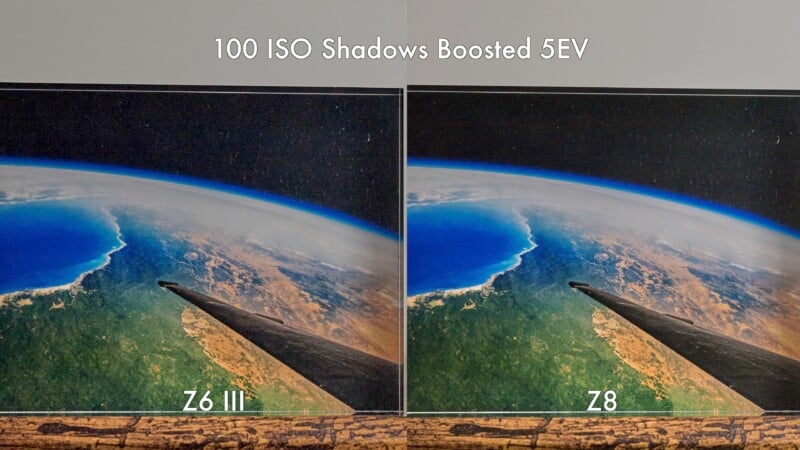
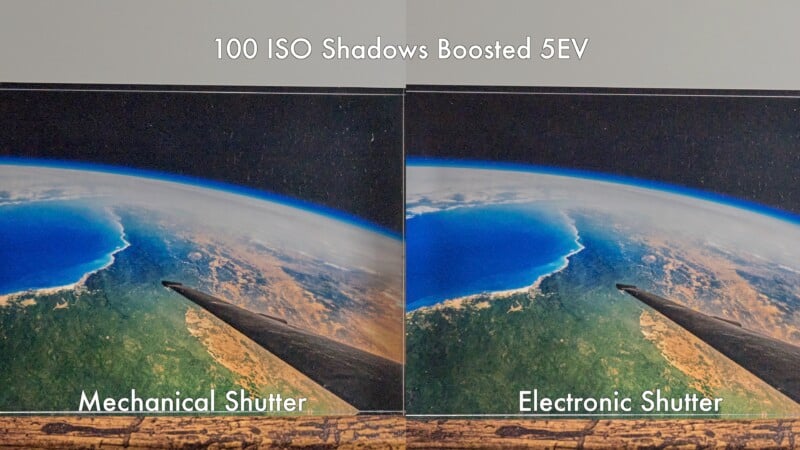
Nikon Z6 III Review: More to Discuss in Video
Since the announcement of the Z6 III, we’ve had the opportunity to shoot much more extensively with the camera and have some refined impressions. Essentially, everything in our initial review holds true: this is an excellent, versatile camera and the partially stacked sensor adds a number of compelling features beyond just improved rolling shutter.
For starters, the 4K/60p capture is full-width and still oversampled, which is extremely rare in this price range. 4K/120p is available, but taken from a DX crop, and thus, no longer oversampled. The option is even there to record 6K/60p RAW video, though this option is only available in N-RAW, not the more widely accepted ProRes RAW. The suite of recording options and codecs is robust, bested only by the more video-centric Panasonic GH7 in this class.

I was curious about dynamic range, as that is the major compromise with the partially stacked sensor in photo mode. Before we get to the results, it’s important to know that the direct competition for this camera — the Canon R6 II and Sony a7 IV — needs to drop the bit depth to 12-bit mode when recording video, dropping the available dynamic range. The Nikon has no such issues, and this results in a very competitive shadow and highlight detail, despite the inherent DR penalty of the partially stacked sensor.
One important thing to mention is that the official Nikon N-Log LUT gives extremely contrasty results. This means when using the built-in “View Assist” (that gives you an idea of what the graded footage will look like while shooting), it will look like your highlights are blown out and shadows are blocked up well before they actually are. I do wish Nikon would update the LUT to give you a better representation of how much information you are actually capturing.
The other thing I wanted to test was overheating, as the Z6 III offers incredibly demanding record modes but does so with no active cooling. I ran my tests at room temperature, with a half-hour cool down between each recording.
I was thrilled to learn that standard H.265 4K/24p can run for two hours (the recording limit), and the body was warm, but not hot. You may run into issues with faster frame rates, however, as the h.265 4K/60P overheated after 52 minutes. This is very impressive considering 4K/60p is over-sampled, and these record times will never be an issue for capturing occasional slow-motion clips. If you record your primary video tracks at 60p, however, this may prove a limitation. Going one step further, 4K/120p shut the camera down after 42 minutes. Remember though, if conformed to 24p, that’s three and a half hours of slow-mo.

Recording RAW video certainly reduces record times, though I’m curious how much of that is the fault of the camera versus the CFExpress B card. Recording 6K/60p in N-Raw, the recording was stopped after 17 minutes without an overheating warning, and the camera was still cool. Removing the card, however, was like pulling bread out of the toaster too quickly. That SanDisk card was hot and I suspect that’s why the camera interrupted recording. Jumping over to 6K/24p N-RAW, the same thing occurred after 42 minutes. The camera was a bit warm, but the card was scorching again. Practically, I think RAW video will be useful for filmmaking and occasional shots that will require extensive flexibility in post, but I wouldn’t trust it for long, uninterrupted shoots. The massive file sizes though, will likely be just as much if not more of an impediment than the overheating.
One final thing I wanted to look into was brought to our attention by Robert May, which is an exposure “flickering” that can be seen in some situations. This is most noticeable in RAW video, but can even be seen in the 10-bit h.265 capture at the highest ISOs in N-Log, too. At ISO 51,200 it is quite noticeable and would certainly ruin footage, but it would be quite rare for filmmakers to be shooting RAW or log at such high ISOs. That said, the flickering is still visible at ISO 6400 (the camera’s second native gain setting in video) in the deepest shadows. These shadows are already so noisy I would never use them, but in extremely low light shoots, this could pose an issue. We have engaged Nikon about the situation but at the time of publication, we had not heard from the company whether this is a software or hardware issue. We’ll update this review as we get more information.

So while there are still some odd issues with the Z6 III, taken as a whole I still think it’s the most compelling full-frame hybrid camera in its class. The oversampled 4K/60p, 5.4K recording, and waveforms to assist in metering make it a substantially better video camera than the Sony a7 IV or Canon R6 II. The only thing with more impressive recording modes at this price is the Panasonic GH7 which has a much smaller Micro Four Thirds sensor. Simply put, I loved the experience of shooting with the Z6 III, and in most situations, it will deliver incredibly professional results.
The Nikon Z6 III is a Contender But Not a Champion
The $2,500 Nikon Z6 III covers a lot of bases and is one of the nicest handling cameras on the market. Potential buyers will love the controls, improved EVF experience, and overall image quality results. The Z6 III also proves to be a camera that can handle many different kinds of photographic situations and video assignments as well and Nikon has made it to be an incredibly versatile product that should please most users.
Nikon autofocus performance still has a few quirks but the success rate for shooting sports and action will be high, especially due to the fast burst rates in both mechanical and electronic shutter mode. Video shooters also need to take a serious look at Nikon products if they haven’t already. The only real issue with the Z6 III comes down to this new sensor type and it’s important that we keep this in context.
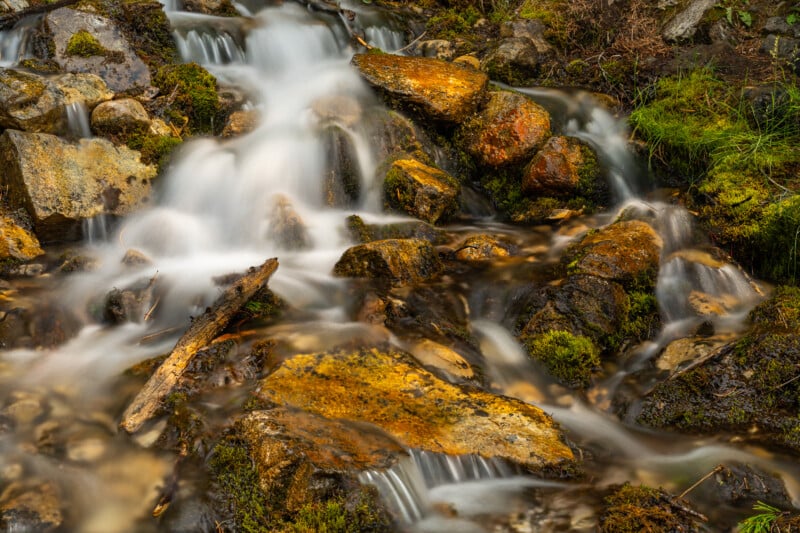

Not everyone will suffer from or even notice the loss of dynamic range that comes with the Z6 III and photographers shooting low-light concerts and night photography will likely be shooting higher ISO values where the disadvantage goes away anyway. But landscape photographers might take notice of the extra noise when boosting shadows and the lessened ability to push and pull exposure as fully as the competition.
The Nikon Z6 III might be the most complete hybrid mid-level mirrorless full-frame camera on the market today but its technology doesn’t put it head-and-shoulders above the competition. Rather, it makes it a good alternative to the prospective buyer on a budget due to its decent pricing but a product that could very well be leap-frogged by the other manufacturers in the near future.
Are There Alternatives?
The aforementioned $2,500 Canon EOS R6 Mark II only outperforms the Z6 III in mechanical shutter mode. Otherwise, it is a slower shooting camera without the video capabilities Nikon offers. The venerable $2,500 Sony a7 IV is showing its age and lacks the better displays of the Z6 III and has a poor electronic shutter mode. It does have much better dynamic range with the mechanical shutter, though, and the extra megapixels will appeal to users who like to print their work.
Should You Buy It?
Yes. The Z6 III is the best all-around full-frame hybrid camera in this price range. I just wish it gave competitive dynamic range when using the mechanical shutter.
